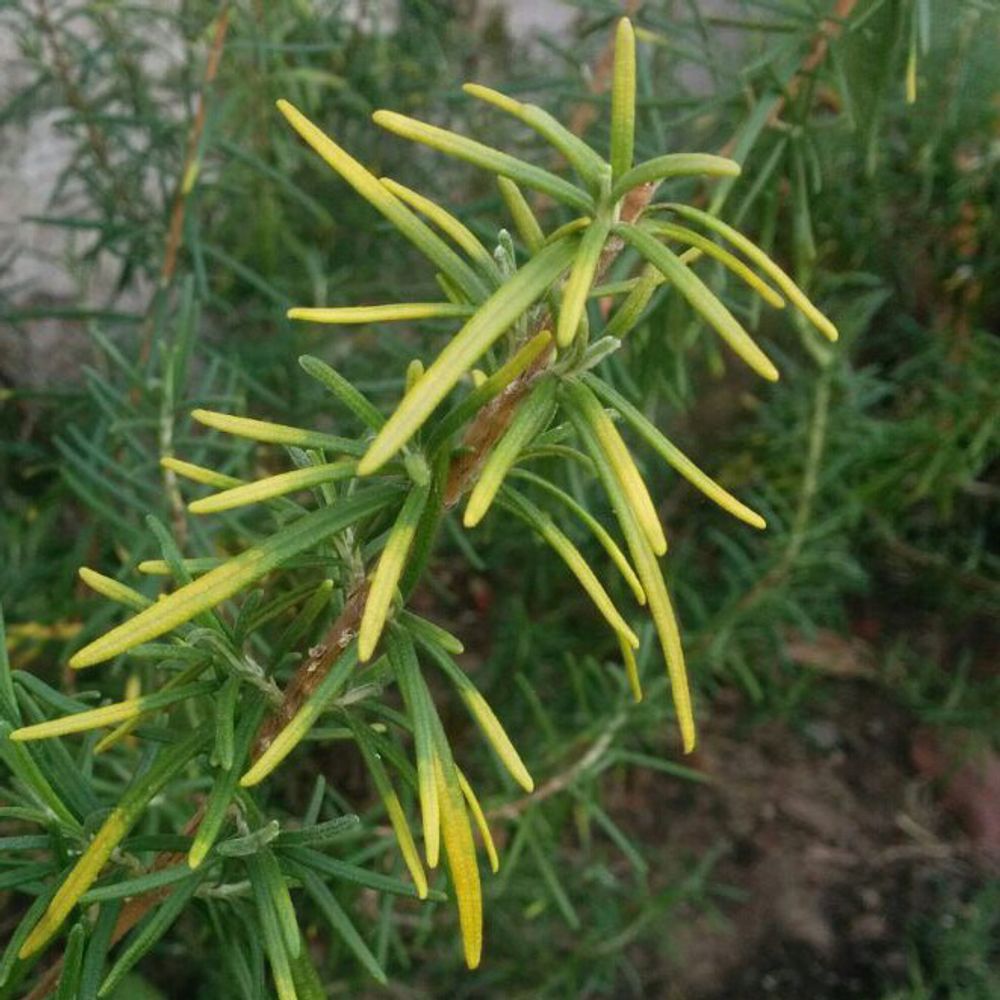Rosemary
(Rosmarinus)

Description
Rosmarinus, commonly known as rosemary, is a genus of aromatic evergreen shrubs in the family Lamiaceae. The genus contains three species, namely Rosmarinus officinalis, Rosmarinus eriocalyx, and Rosmarinus tomentosus, all of which are native to the Mediterranean region. Rosemary has been used for centuries in traditional medicine, culinary arts, and perfumery, and continues to be a popular herb today. In this article, we will explore the Rosmarinus genus in detail, including its physical characteristics, growth habits, distribution, and uses. Physical Characteristics Rosemary is a small evergreen shrub that typically grows up to 1.5 meters (5 feet) in height. Its leaves are needle-like, about 2-4 cm (0.8-1.6 inches) long, and 2-5 mm (0.08-0.2 inches) wide. The leaves are dark green on the upper surface and white or gray on the underside due to fine hairs. The stem of rosemary is woody, and the bark is a grayish-brown color. The flowers of rosemary are small, about 2-4 cm (0.8-1.6 inches) long, and range in color from pale blue to pink, purple, or white. They are borne in small clusters at the tips of the branches and bloom in the spring and summer. Growth Habits Rosemary is a hardy plant that can grow in a range of soil types, from sandy to clay, as long as it is well-drained. It prefers a pH range of 6.0-7.5 and grows best in full sun. It is drought-tolerant and can survive in hot and dry conditions. Rosemary can be propagated by seed, cuttings, or layering. Seeds are slow to germinate and may take up to several months to sprout. Cuttings taken from new growth in the spring or summer root easily and quickly. Layering involves bending a branch to the ground and covering it with soil until it roots. Once established, rosemary is a low-maintenance plant that requires little care. It should be pruned regularly to maintain its shape and promote bushy growth. In regions with cold winters, rosemary may need to be protected from frost. Distribution Rosemary is native to the Mediterranean region, where it grows wild on rocky hillsides and cliffs. It is widely cultivated around the world in temperate regions, including Europe, North America, South America, Africa, and Asia. Uses Rosemary has been used for centuries for its medicinal, culinary, and aromatic properties. In traditional medicine, rosemary was used to treat a range of ailments, including indigestion, headaches, colds, and respiratory infections. Recent scientific studies have shown that rosemary may have anti-inflammatory, anti-cancer, and anti-oxidant properties. In the culinary arts, rosemary is a popular herb used to flavor meats, poultry, and fish. It is also used in soups, stews, bread, and other baked goods. Rosemary has a strong, pungent flavor and aroma and should be used sparingly to avoid overpowering other flavors. In perfumery, rosemary is used as a fragrance note in soaps, shampoos, and other personal care products. Its fresh, clean scent is also used in air fresheners and cleaning products. Conclusion Rosemary, a member of the Rosmarinus genus, is an evergreen shrub native to the Mediterranean region. It is a hardy plant that can grow in a range of soil types and is drought-tolerant.
Taxonomic tree:







